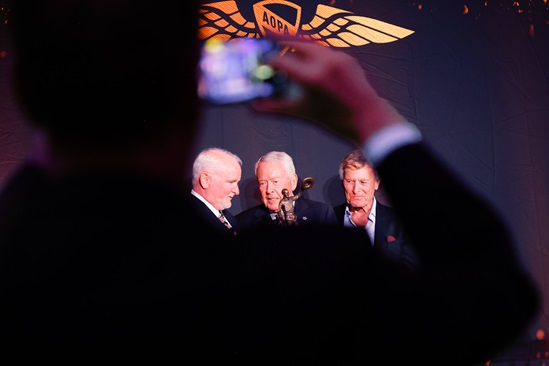Impressive tech vies for Collier Trophy
Not every trailblazing idea in aeronautics or aviation is destined to climb down off its drawing board to save lives, increase the speed or efficiency of flight, launch new technologies for probing outer space, or take other history-making strides into the future.
“For 107 years, the Collier Trophy has been the benchmark of aerospace achievement,” the NAA said, announcing the 11 nominees for the 2018 Collier Trophy. The Collier Trophy Selection Committee will choose a recipient on April 4. A formal announcement will follow on April 5, and the formal presentation of the Collier Trophy will take place on June 13.
Drumroll please: Here are the 2018 Collier Trophy nominees.
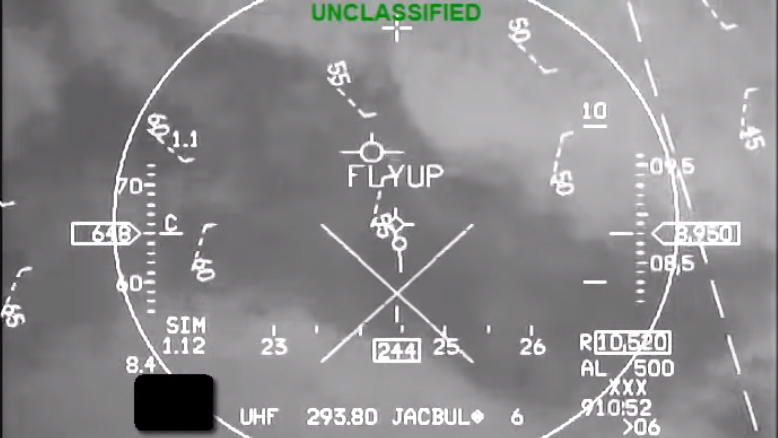
The Automatic Ground Collision Avoidance System, a technology supported by NASA that has saved fighter pilots’ lives. Its software is designed to detect a collision with the ground and warn the pilot, or if necessary, perform an automatic recovery.
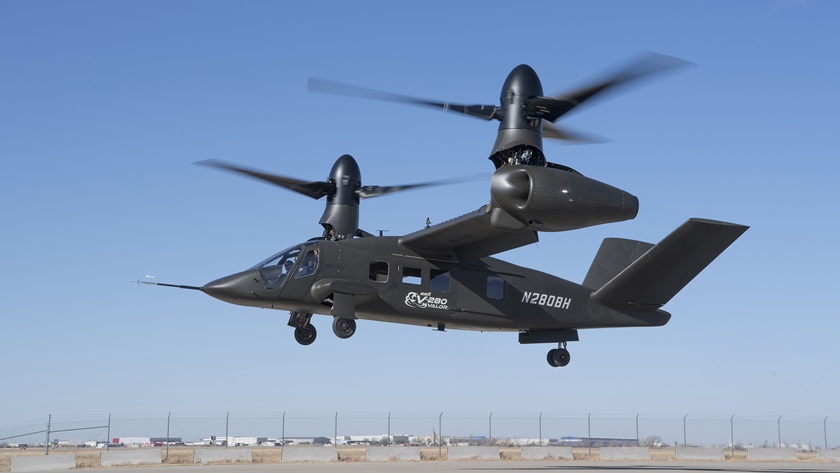
The Bell V-280 Valor, an advanced tiltrotor, carries 14 troops and a four-person crew at 280 knots. It extends the range and doubles the speed of helicopter operations, and offers “superior agility” at the objective.

The Boeing T-X, or as Boeing calls it, “America’s Trainer,” is an advanced U.S. Air Force fighter and bomber pilot training system designed to evolve as missions, technologies, and pilot training needs evolve.
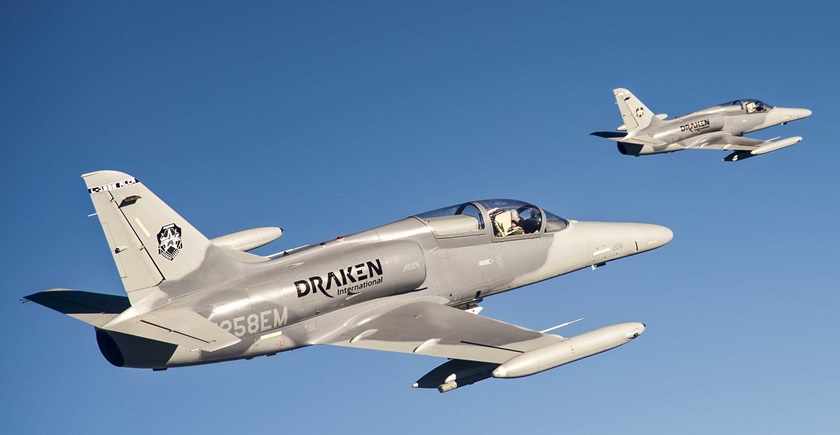
Next up, the Draken International Contract Close Air Support and Adversary Air Services in Support of Combat Readiness Training. Draken International owns and operates the world’s largest commercial fleet of tactical ex-military aircraft and supports military objectives around the world, offering cost savings over the use of traditional military air assets.

The Embraer E190-E2 is a medium-range airliner that was certified and entered service in 2018. It was introduced in 2016 as a design under Embraer’s FleetSmart initiative to provide fleet optimization solutions based on the principles of “Design Smart, Experience Smart and Business Smart.”

The F–35 Integrated Test Force is in the running as well. In 2018, the Lockheed Martin F–35 completed “the most comprehensive flight test program in aviation history,” according to the F–35 Program. Completing the system development and demonstration phase of the program was “the culmination of years of hard work and dedication from the joint government and industry team,” for the advanced stealth fighter designed to be “the most lethal, survivable and connected fighter aircraft ever built.”

General Atomics Aeronautical Systems Inc. also makes the list. The company manufactures remotely piloted aircraft systems including the Predator, Predator B, and Gray Eagle unmanned aircraft systems; radar; and electro-optic and related mission systems solutions. It was nominated for integration of large unmanned aircraft into civil and international airspace.
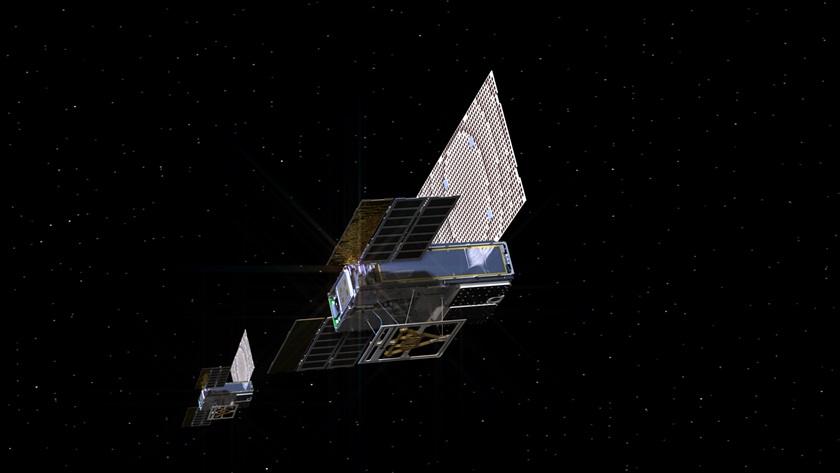
The NASA/JPL Mars Cube One (MarCO) Project Team demonstrated the ability of its small MarCO satellites to explore deep space and provide real-time information in support of critical landing operations on Mars. The MarCO A and B satellites successfully completed their mission as communications relay satellites for the InSight Mars landing on Nov. 26, 2018.

The Perlan Project continues to make waves. Continuing its mission of achieving a nonpolluting probing of the edge of space with a specialized glider, the Perlan Project strives to gain an understanding of what happens in that realm and how it impacts the weather on earth. In 2018, it set new glider records as it pursued the Airbus Perlan Mission II team’s phase-two goal of reaching 90,000 feet.
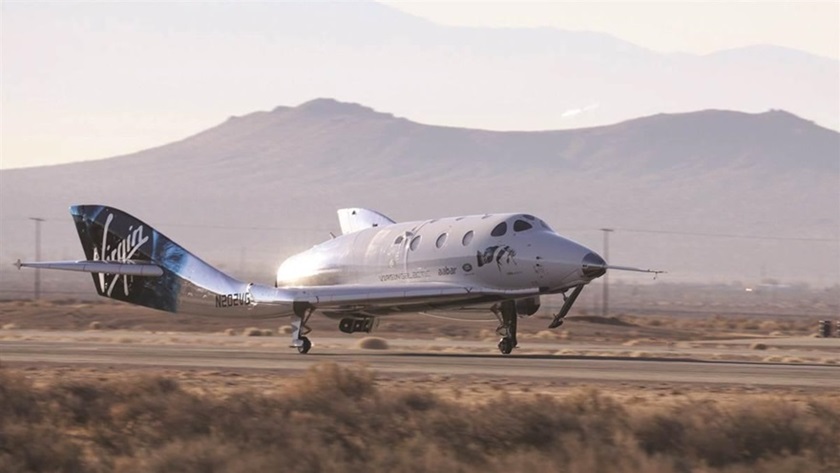
The Virgin Galactic SpaceShipTwo Program is also vying for the trophy. On Dec. 13, 2018, Virgin Galactic, Sir Richard Branson’s enterprise dedicated to developing commercial spaceflight, announced that the reusable SpaceShipTwo spacecraft, named VSS Unity, had landed in Mojave, California, after an approximately 90-minute history-making maiden spaceflight.
The Responsive Environmental Assessment Commercially Hosted (REACH) Project was also nominated for using commercial host satellites to launch Department of Defense experimental payloads, cutting cost and accelerating the timelines for launching payloads into space.
“Each year the Collier nominations show the extent of innovative work being done across the aviation and aerospace industry,” said Greg Principato, president of the nonprofit NAA, which bestows some of the most-prized aviation awards and certifies national aviation records.
“This year is no exception. It is an exciting time for aviation in the United States, and we look forward to a challenging and rewarding Collier selection process,” he said.
